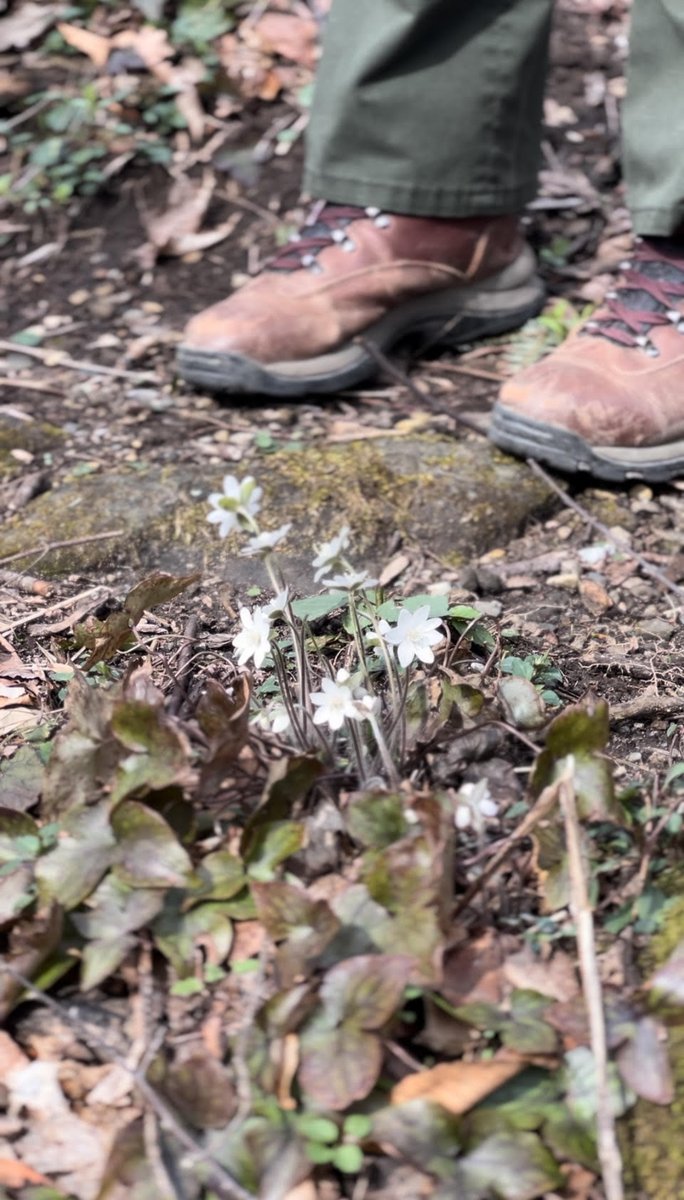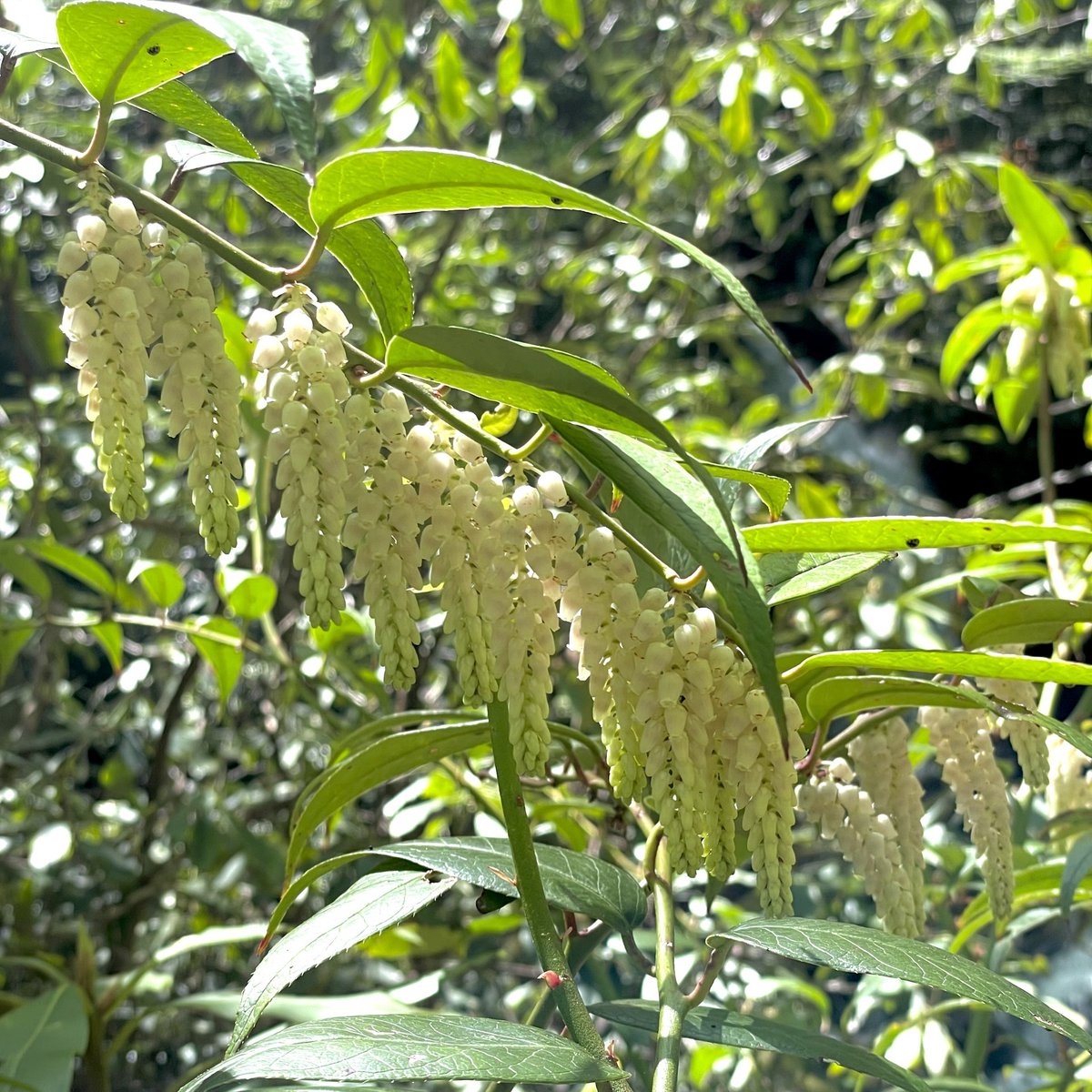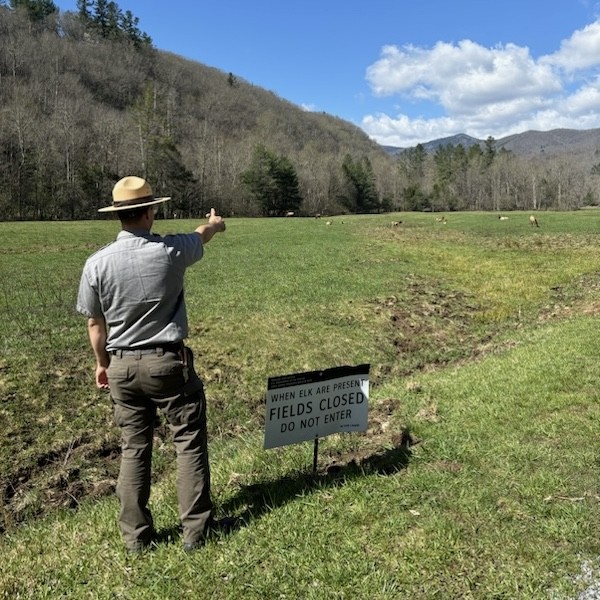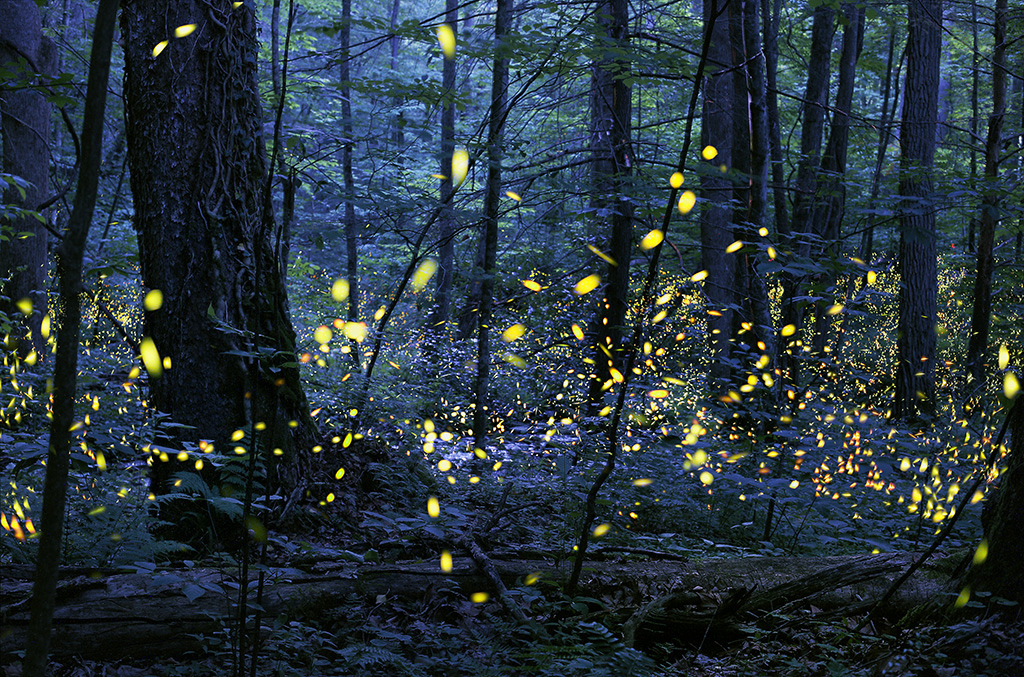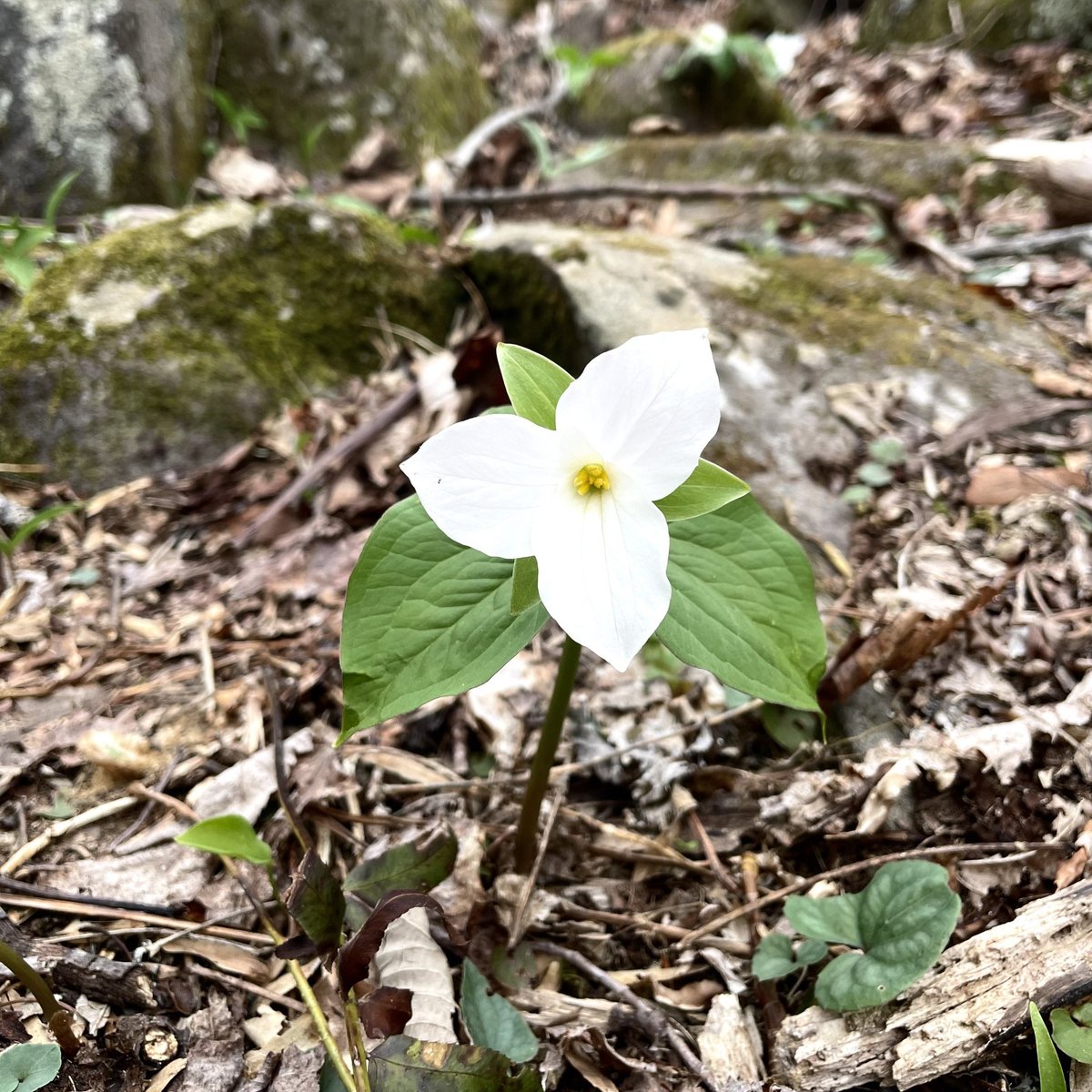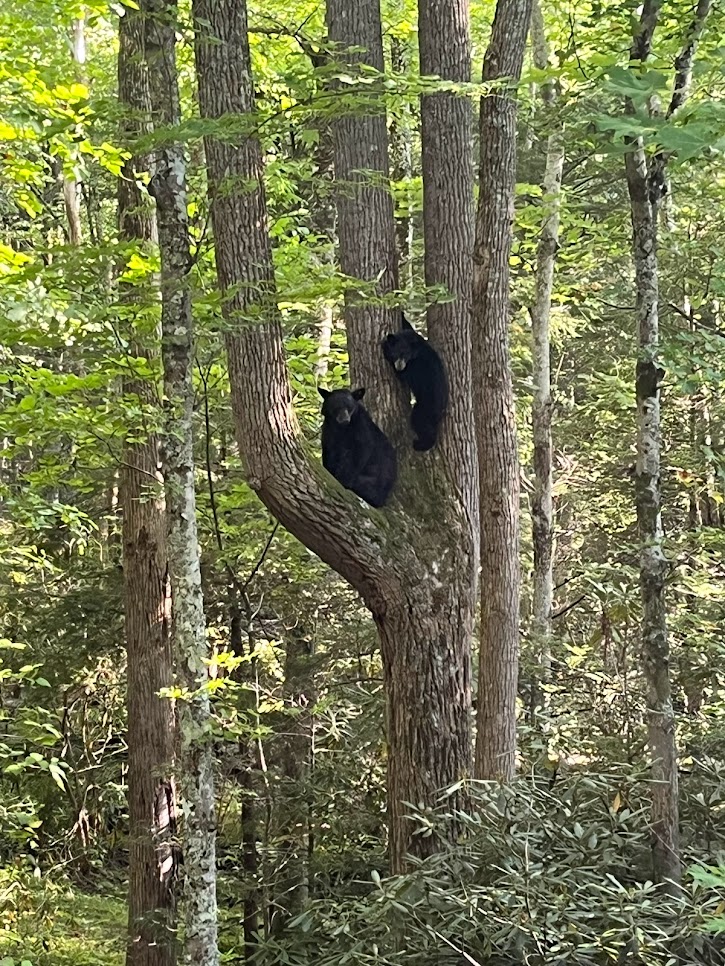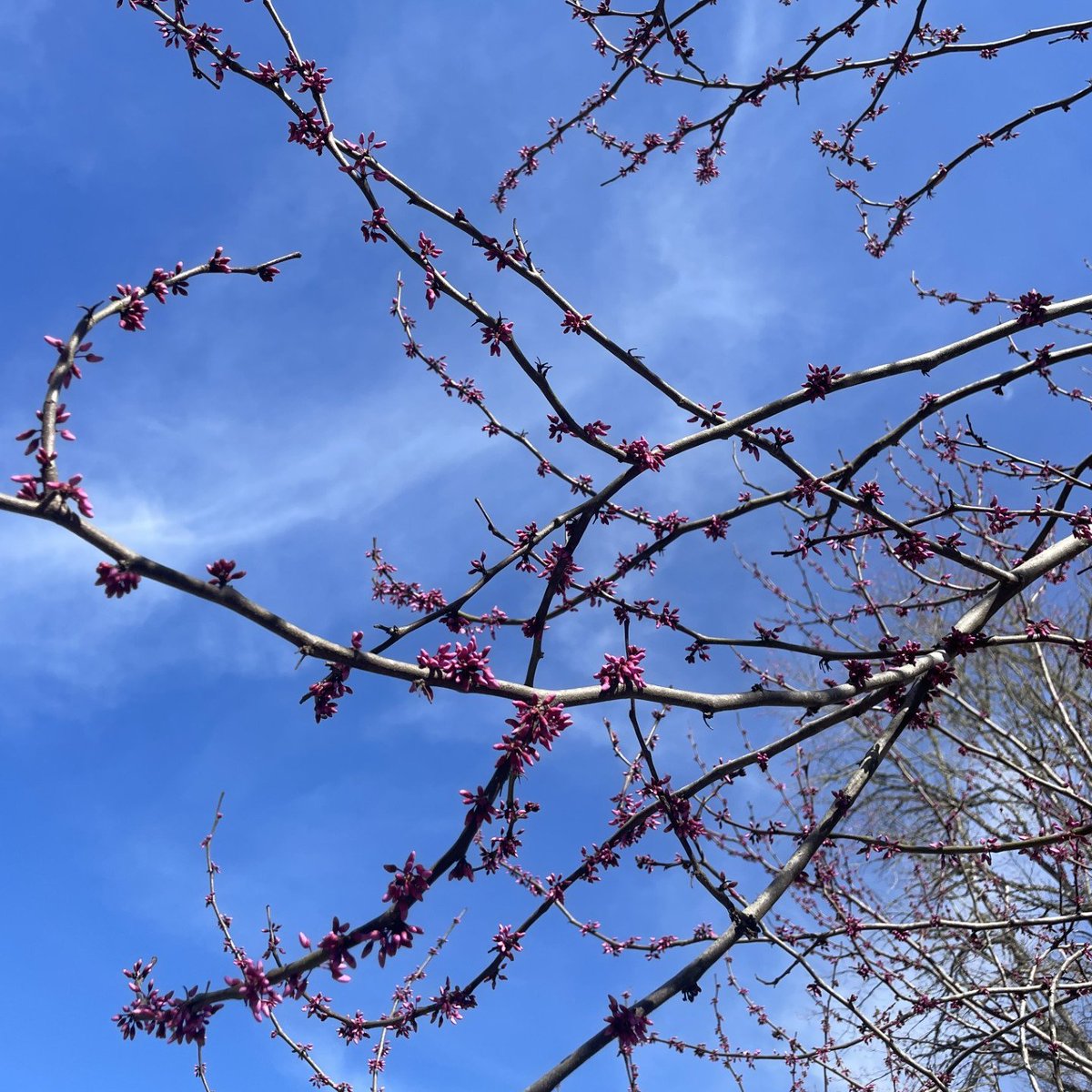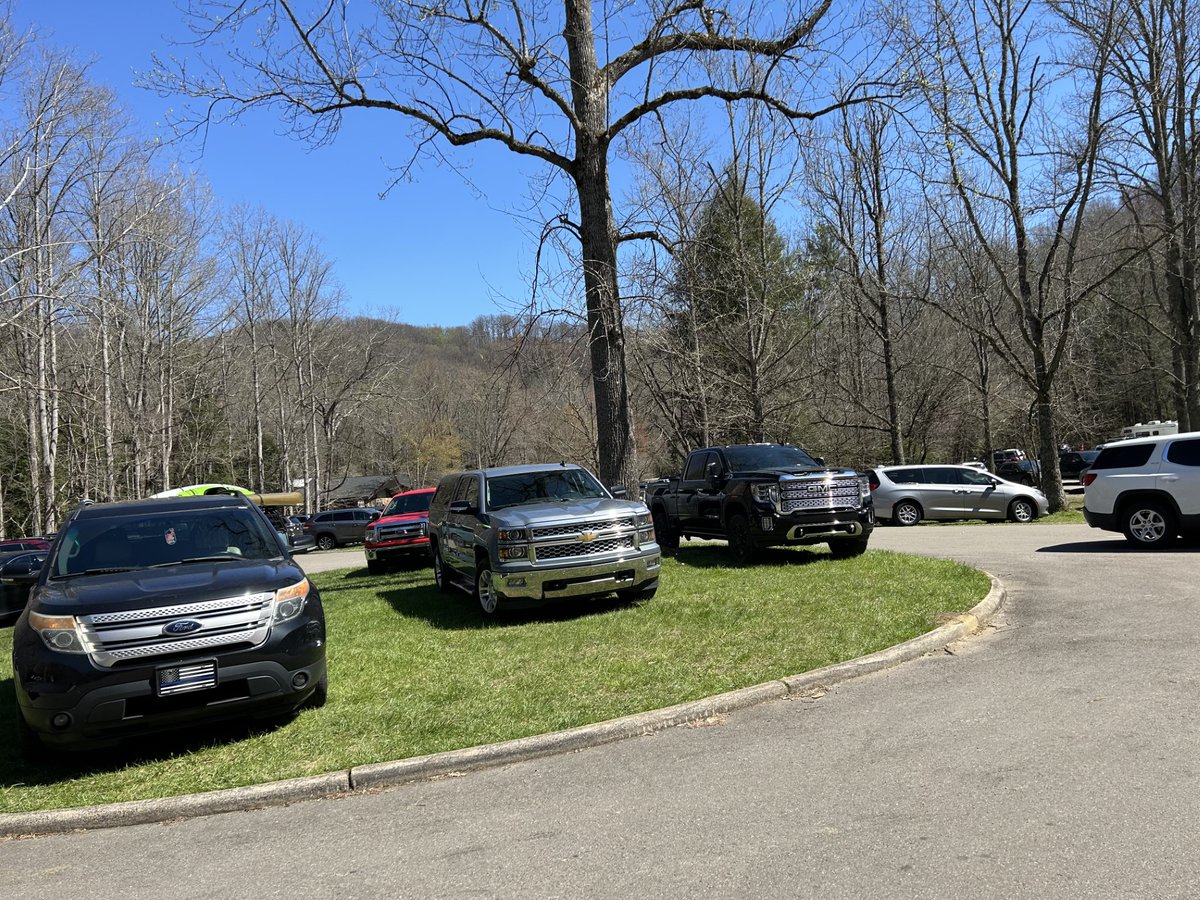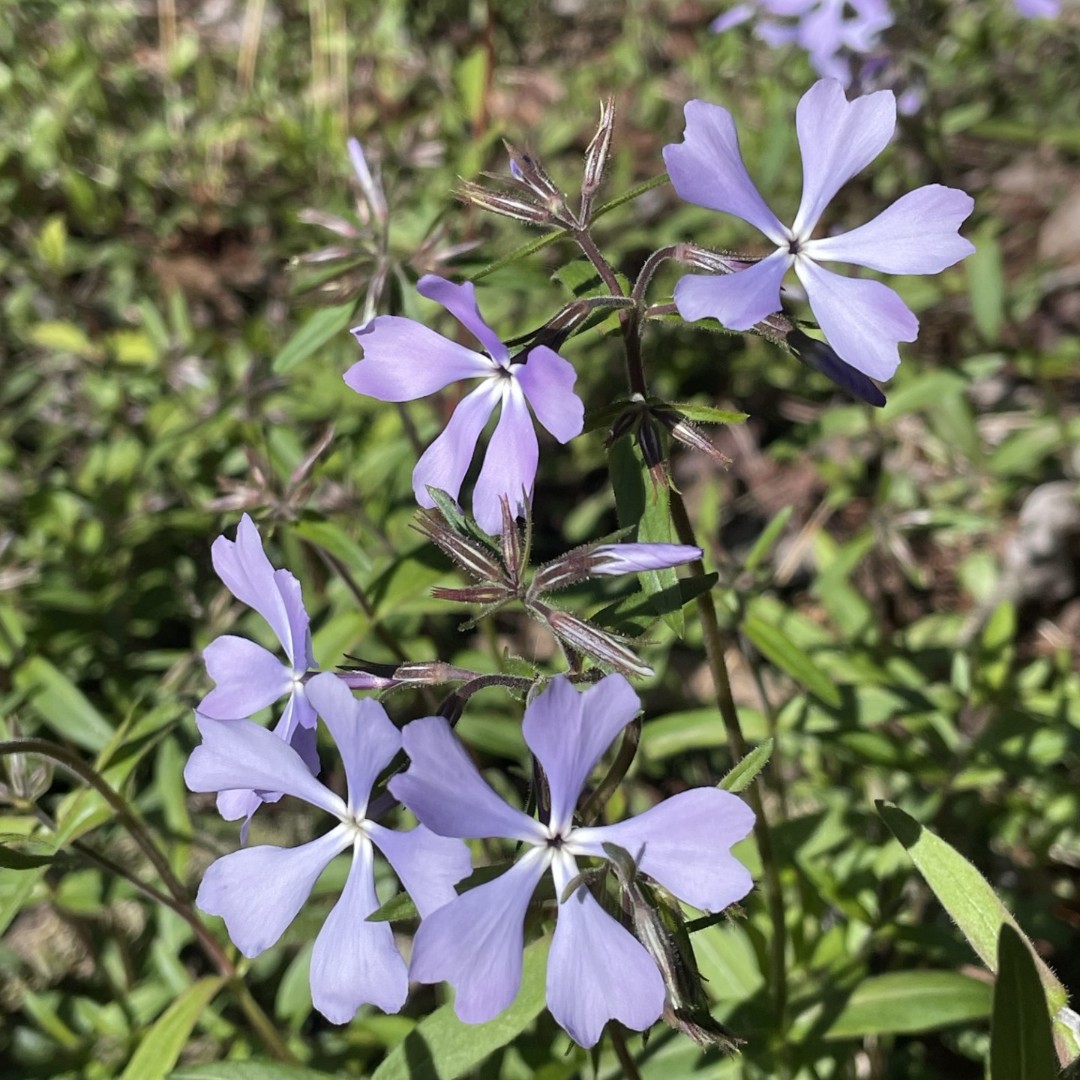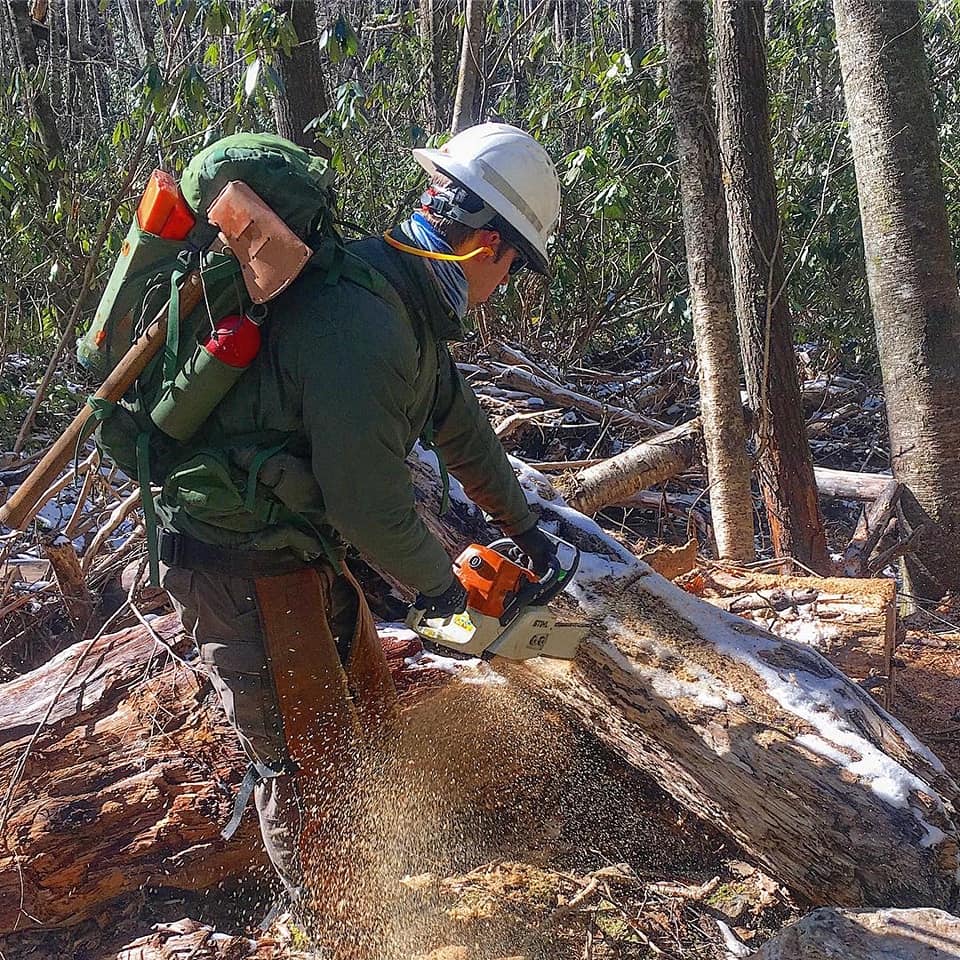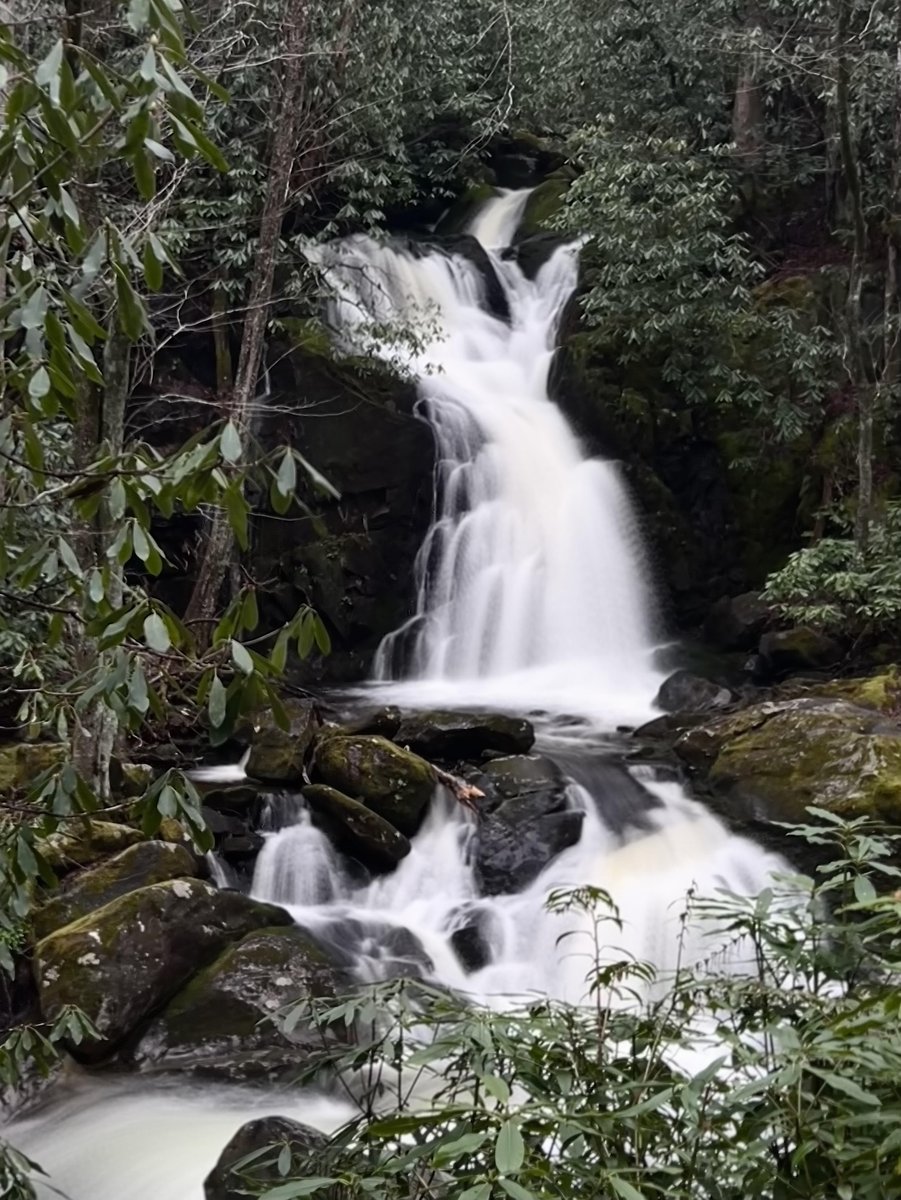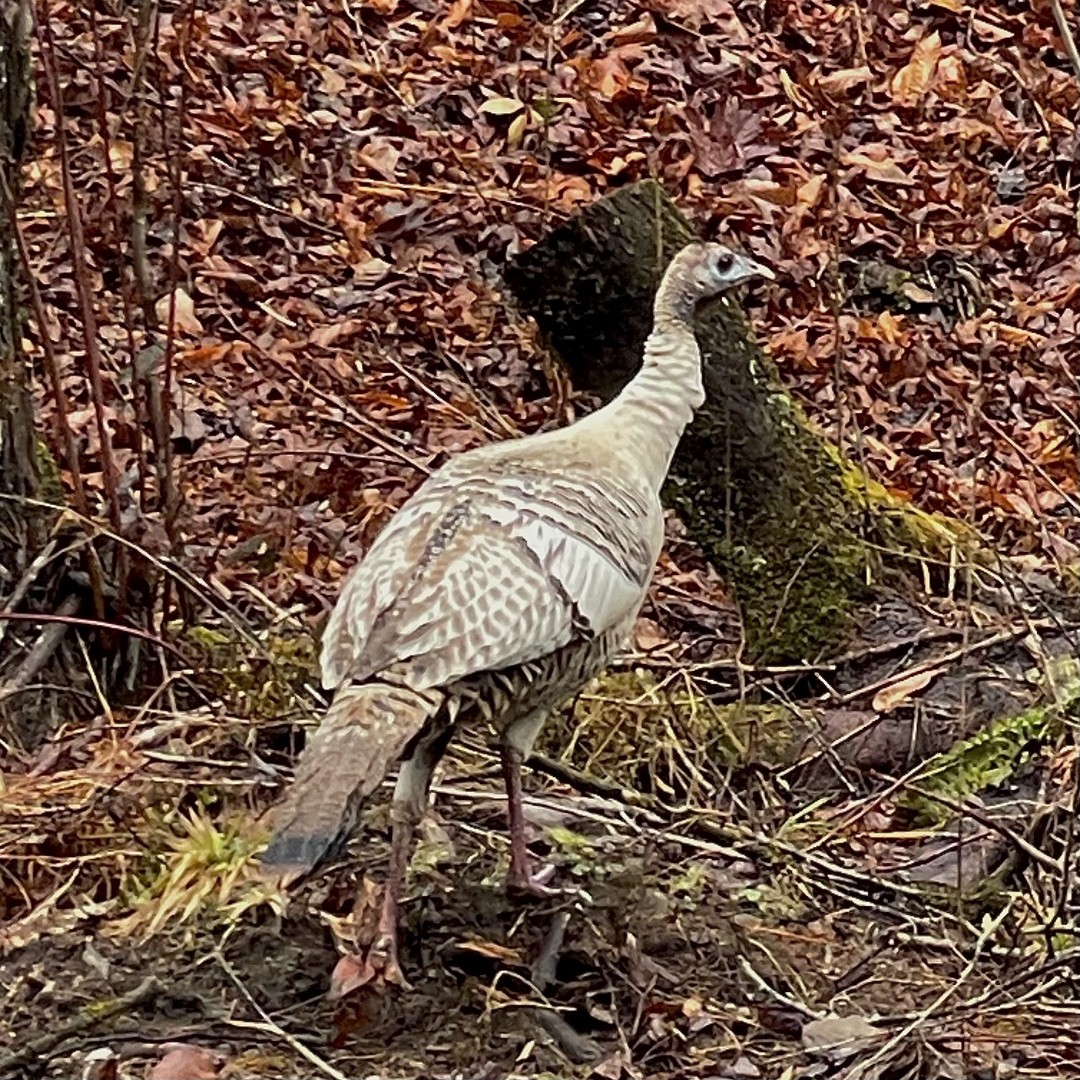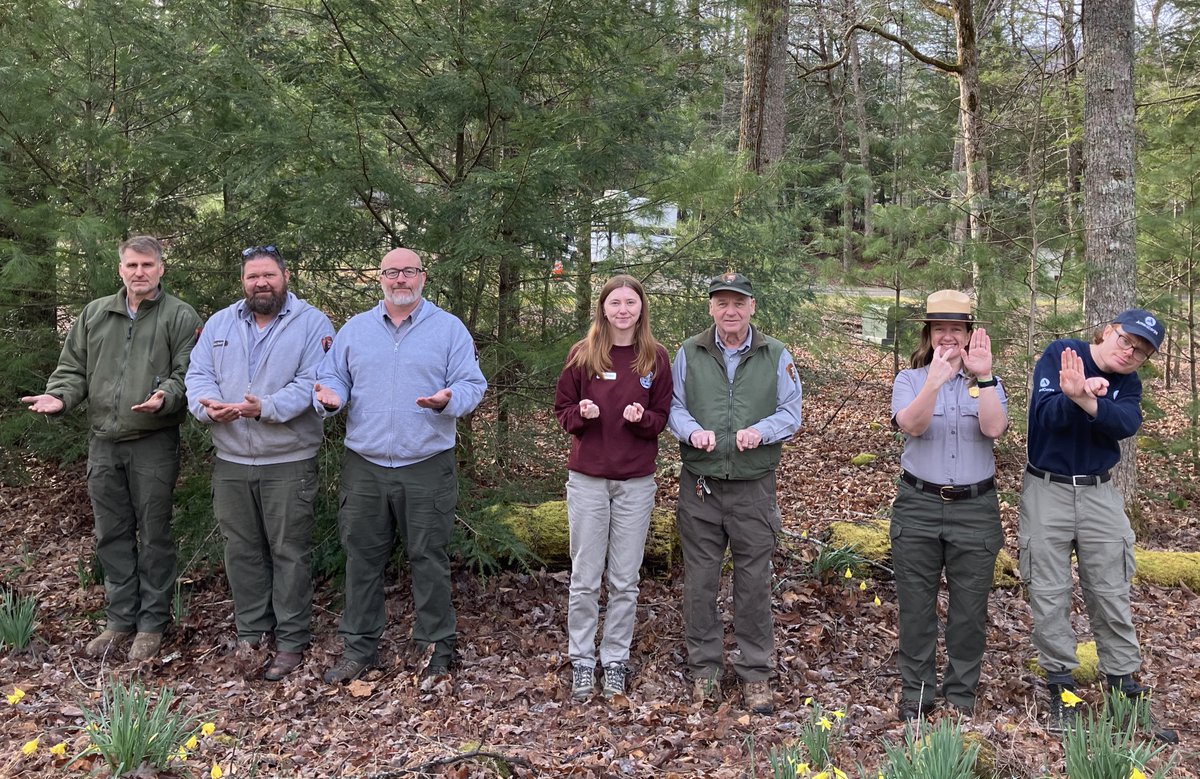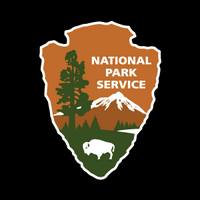
GreatSmokyNPS
@GreatSmokyNPS
Official Twitter feed of Great Smoky Mountains National Park, America's most visited national park.
ID:2853749519
http://www.nps.gov/grsm 31-10-2014 20:24:28
3,0K Tweets
122,0K Followers
323 Following













Trilliums are blooming across Great Smoky Mountains National Park! Can you spot their unique speckled leaves? This genus is defined by its multiples of three- from the leaves and petals to the pistils and stamens. #SpringHasSprung
Photo Credit: Warren Bielenberg





Phenology, the study of the seasonal changes in the life cycles of trees and plants, is one way to determine when spring has arrived at the park! Collected over time, observations about cyclical changes give us a great look at long-term trends.
#HappyFirstDayofSpring
